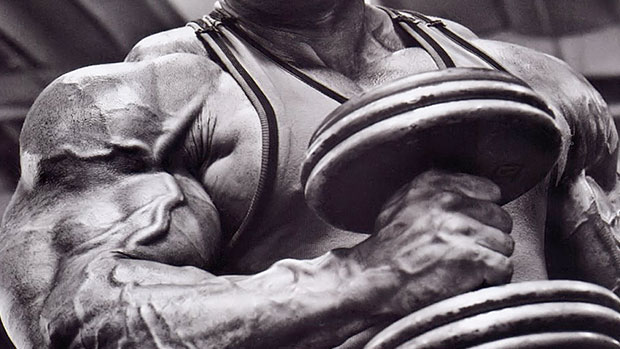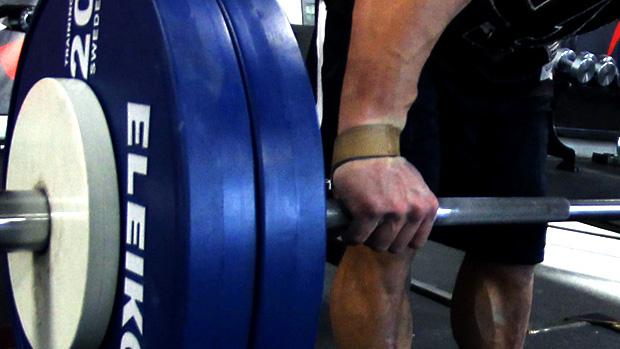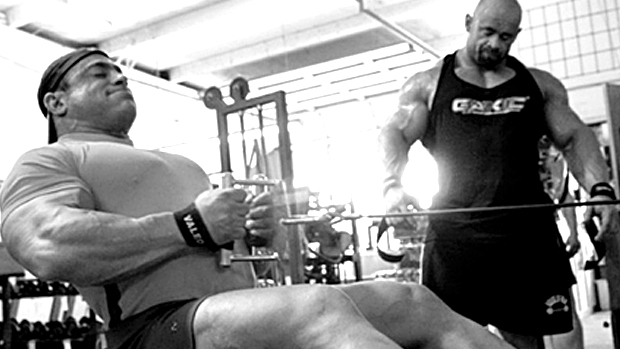In 1906, eight hundred people tried to guess the weight of an ox at a county fair in Plymouth, England. Just for grins, statistician Francis Galton ran an analysis of the numbers and discovered that the average guess of the ox's weight was 1,197 pounds, which, amazingly, was only one pound off the actual weight (1,198 pounds).
This phenomenon was later coined "the wisdom of crowds," after the title of a book that described Galton's findings.
It makes me wonder if the same approach could be used to determine someone's body fat percentage. Sure, just have some fat bastard stand naked on a platform while passersby guess how much fat he's carrying. At the very least, that "crowd wisdom" method would probably be more accurate than the widely-used body mass index (BMI), which is a value derived by dividing someone's weight by the square of their height and expressed in units of kg/m2.
The BMI supposedly tells us if the individual is underweight, normal weight, overweight, or obese. Insurance companies still use the BMI to determine insurance rates, with people on the high end being monetarily penalized because they stand a better chance of dying early and costing insurance companies a giant gravy boat full of money.
The armed forces (with the exception of the Navy, which just uses body fat percentage) also use BMI to determine if a recruit is fit to serve, with the minimum BMI being between 17 and 19 (depending on the branch) and the maximum being 27.5 (except for the Marines, who are more liberal in this regard).
However, the BMI doesn't distinguish between muscle, bone mass, or fat. Plug almost any experienced lifter's numbers into a BMI equation and it'll hit over 27, automatically causing the specter of Adolphe Quetelet, the Belgian mathematician who invented the BMI formula, to appear out of the ether and point at you, calling you "Fatso!" in Dutch.
Clearly, a better way to determine body fat percentage is needed, and investigators from Cedar Sinai think they've found it.
The Cedar Sinai researchers took over 300 possible body fat formulas out for a run on 3,500 patients and compared the results to the DXA body scan, which is the gold standard for technology-driven body fat analysis.
The winning body fat formula was the relative fat mass index, or RFM, which is so simple, anyone can do it at home. All you need is a measuring tape. First, measure your height in centimeters. Next, measure your waist circumference, placing the tape measure at the top of the hip bone. Then plug the numbers into one of the following sex-specific equations:
- Men: 64 – (20 x height/waist circumference) = RFM
- Women: 76 – (20 x height/waist circumference) = RFM
So, if you're a 6-foot tall man with a 32-inch waist, it works out like this:
- Convert 72 inches to centimeters – 183 (rounded off).
- Convert 32 inches to centimeters – 81 (rounded off).
- Divide 183 by 81 – 2.3
- Multiply 2.3 by 20 – 46.
- Subtract 46 from 64 – which comes out to a body fat percentage of 18.82.
What? You don't think that number sounds right? Me neither.
While it might work for "normal" people, the RFM, like the BMI, is biased against muscular men and women. Neither formula distinguishes between muscle and fat, and anyone who lifts weights – anyone who regularly does squats, deadlifts, weighted carries, or heavy rows – is going to have well-developed external obliques, erector spinae, and transversus abdominus, all of which might make a waist measurement larger, regardless of body fat.
Consider our hypothetical example above. A 6-foot tall lifter with a ripped 32-inch waist could easily have a body fat percentage anywhere from 3% to 12%, but the size of his muscular core, when plugged into the RFM equation, insists he's 18% body fat, which, at least comparatively speaking, makes him a regular fatty.
So while the RFM might be useful and more accurate for regular, non-lifting Joes than the BMI formula, it'll give absurd readings on muscular people and if it becomes as widely accepted as I expect it to, lifters will suffer the same kind of discrimination they always have.
Muscular folk would be better off using calipers, DXA body scans, or rounding up 800 people to guess their body fat percentage than using the RFM.





